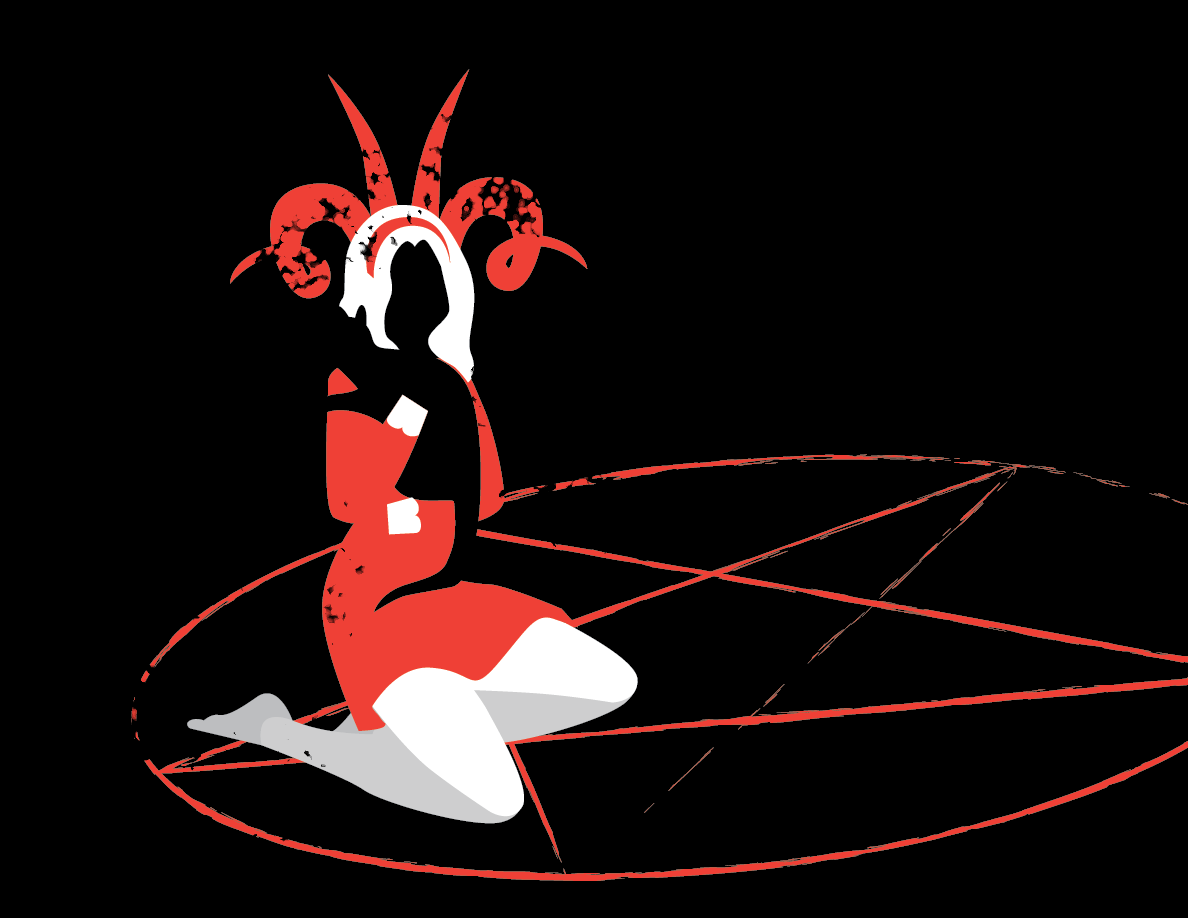
Since its release a few days before Halloween, Netflix watchers have been abuzz about its new original show “The Chilling Adventures of Sabrina” (CAS). It’s spooky and has drama and strong feminist themes: everything millennial TV watchers have been loving in 2018. The show centers around Sabrina, a high school-age witch who tries to balance her human life with her life as a witch. She first appeared in 1962 as a comic book character in Archie Comics and since then has been reincarnated in her own comic series, a manga, four TV shows, three movies, and now finally a Netflix original show. The Netflix show is based on the 2014 comic series of the same name and belongs to the same universe as the popular show “Riverdale.”
In CAS, we meet Sabrina a few days before her 16th birthday. On that day Sabrina is meant to take part in her dark baptism, which will establish her as a full witch and ensure her allegiance to Satan. As a witch, she will join the aunts who are raising her as part of a local coven and be endowed with magical powers. But Sabrina is half-witch and half-mortal, and she’s more than hesitant to leave the mortal world behind, especially her friends and boyfriend. The ten chapters of the first season focus on her struggle to balance between life as a witch and a mortal.
I remember reading older comic iterations as a kid. This version of “Sabrina” is more serious and depicts darker themes. The witches in CAS are devil worshipers who are liable to terrorize mortals for sport, murder without remorse, and even participate in cannibalism. In the face of the American mainstream society, which is deeply rooted in Christianity, this show commits flagrant blasphemy. There have been quite a few popular American TV shows in recent years with anti-Christian elements that address such dark themes — including “Supernatural” and “American Horror Story” — but neither dares to depict Satanism so flippantly or target a younger audience. Nonetheless, CAS is a response to the popularity of thematically dark TV shows, made more obvious by its connection to “Riverdale.”
Formally the show is deliciously consumable. Kiernan Shipka portrays Sabrina with the youthful naivety and discord needed for the role. Miranda Otto played the role of aunt Hilda so convincingly, it took me almost the entirety of the show to realize that she is the same Miranda Otto from “Lord of the Rings.” The cinematography flawlessly combines the aesthetic of the modern midwest with the aesthetics classically associated with witchcraft (i.e.: collared dresses and black cats). It is hard to get over the highly distracting blur effect applied to the edges of the screen and a couple of monsters costumed so badly they could belong in a “Goosebumps” movie, but these failures can be forgiven considering the show’s other successes.
Whether good or bad, the CAS does come with an agenda. The show is unapologetically feminist. The persecution of witches is a powerful example of the injustices women have faced throughout history, so a show about witches is the perfect place to bring up oppression and power dynamics. These themes are displayed in Sabrina’s struggle to gain power while not giving up her autonomy. Sabrina wants the powers afforded to her by being a witch (including literal magic powers) but in order to gain that power, she has to sign her name in Satan’s book, meaning Satan can call upon her as a servant. As early as Chapter Two, Sabrina says she wants freedom and power, to which another witch responds “[Satan] will never give you that… the thought of any of us having both terrifies him… he’s a man isn’t he?”
The writing fails where it puts down the male gender. Most notably the male football players at Sabrina’s high school, who are shallow caricatures of boys — they stand around talking offensively about women, are stupidly lured into a trap by sex, and mercilessly bully those weaker than them. Approaching feminism by mocking men is weak writing at best, misandry at worst.
The most disappointing part of “The Chilling Adventures of Sabrina” is its depictions of witchcraft. Because the general media lacks positive depictions of witchcraft, the unfortunate burden of representation falls on CAS. People practice positive forms of witchcraft all over the world, including Satanism. But CAS is making an “Addams Family” style joke of a real religion. The joke is made prevalent in the coven’s practice of cannibalism and aunt Hilda’s proclivity to kill her sister when she’s being annoying, knowing she will resurrect later.
Overall “The Chilling Adventures of Sabrina” is fun to watch. The show manages to give new depth to a character that’s been around for over 50 years and doesn’t play it safe when it comes to dark narratives. It’s satisfying and shocking. Perfect for binging wrapped in a cozy blanket during a thunderstorm. It will leave you wanting more, wondering what Sabrina is going to do next.







